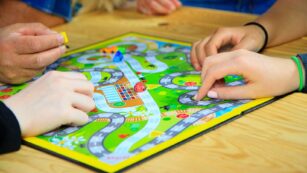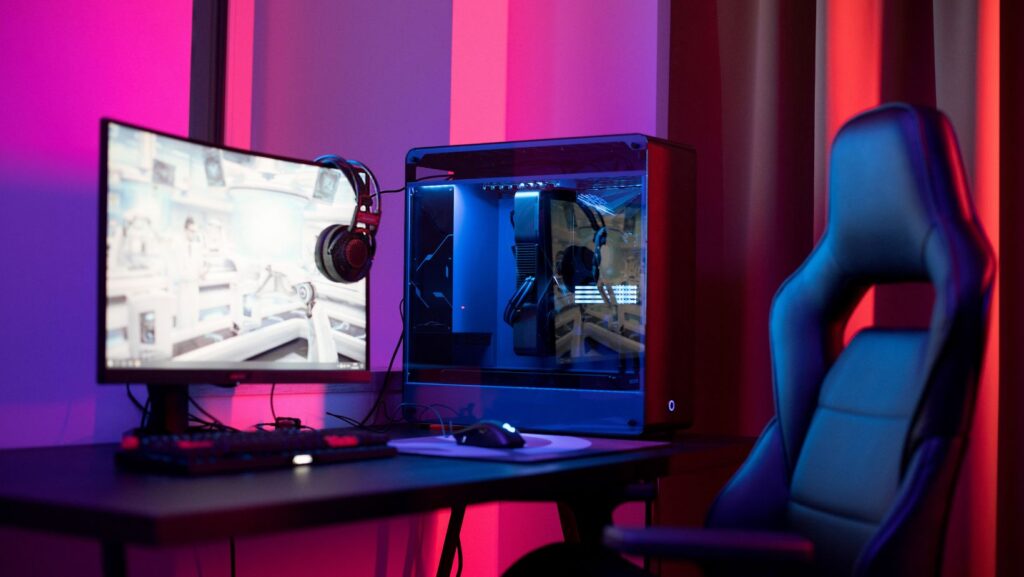In recent years, board games have seen a remarkable resurgence, captivating players with their unique blend of social interaction and strategic depth. This surge in popularity isn’t just a nostalgic revival; it’s fueled by innovative designs and diverse themes that appeal to a broad audience. From intricate strategy games that challenge the mind to light-hearted party games that are perfect for family gatherings, the landscape of board games is evolving, drawing in new enthusiasts and seasoned players alike.
Board Game Trends
 Board games have experienced a dynamic transformation, evolving to meet the changing preferences of players globally. This section delves deeper into how board games have progressed from simple pastimes to complex experiences and how cooperative gameplay has become a dominant trend in the board game industry.
Board games have experienced a dynamic transformation, evolving to meet the changing preferences of players globally. This section delves deeper into how board games have progressed from simple pastimes to complex experiences and how cooperative gameplay has become a dominant trend in the board game industry.
Board games, originating from basic designs, have traveled an impressive journey toward complexity and depth. Early games like chess and checkers focused on simple strategy and minimalistic rules. Over the decades, games have evolved, incorporating elaborate narratives, intricate mechanics, and extensive player involvement. For example, modern games like “Gloomhaven” combine tactical combat with ongoing story elements, providing a rich gaming experience that contrasts sharply with older, more straightforward games.
Shift From Classic to Cooperative Play
A significant shift in board game preferences is seen in the move from competitive to cooperative play. Traditionally, games like Monopoly were designed around principles of competition among players. However, recent trends indicate a surge in popularity for cooperative games, where players work together towards a common goal rather than competing against one another. Games such as “Pandemic” exemplify this trend, requiring players to collaborate to stop global outbreaks. This shift underscores a broader trend in entertainment, valuing teamwork and collective problem-solving over individual triumphs.
Impact of Technology on Board Games
Integration of Apps and Virtual Reality
 Board games now frequently incorporate apps, significantly altering gameplay and interaction. For instance, games like “Mansions of Madness” employ companion apps that manage game scenarios and track player progress, reducing setup time and eliminating the need for a game master. Apps allow real-time updates and expansions, keeping the gameplay fresh and engaging.
Board games now frequently incorporate apps, significantly altering gameplay and interaction. For instance, games like “Mansions of Madness” employ companion apps that manage game scenarios and track player progress, reducing setup time and eliminating the need for a game master. Apps allow real-time updates and expansions, keeping the gameplay fresh and engaging.
Virtual reality (VR) takes this further by immersing players in three-dimensional environments. VR introduces a new dimension to traditional board gaming, providing players with a lifelike experience that’s difficult to achieve through physical board games alone. Through VR, players can interact with game elements and other players as if they’re in the same physical space, enhancing the realism and depth of the game experience.
DIY and Customization Trends
 The DIY trend in board games reflects a growing desire among gamers to personalize their gaming experiences. Many modern board games offer tools and resources for players to create their own game pieces, cards, and rules. Games such as “Gloomhaven” provide blank cards that players can use to design unique abilities or challenges, fostering a more personal connection to the game.
The DIY trend in board games reflects a growing desire among gamers to personalize their gaming experiences. Many modern board games offer tools and resources for players to create their own game pieces, cards, and rules. Games such as “Gloomhaven” provide blank cards that players can use to design unique abilities or challenges, fostering a more personal connection to the game.
Customization goes beyond physical components. With the help of technology, gamers can modify digital elements of their games. Online platforms enable players to design custom scenarios, characters, and even virtual game boards. This trend not only enhances player engagement but also encourages creativity, as players bring their own ideas and styles into the game world.
The Rise of Educational Board Games
The shift towards educational board games marks a significant trend in the industry. These games not only entertain but also offer valuable learning opportunities, blending fun with educational content. They’re designed to develop skills such as critical thinking, problem-solving, and collaboration among players of all ages. As board games continue to evolve, they’re becoming a powerful tool for learning, appealing to educators and parents alike. This trend underscores the growing recognition of board games as more than just leisure activities—they’re also potent educational tools that can make learning an engaging and interactive experience.



